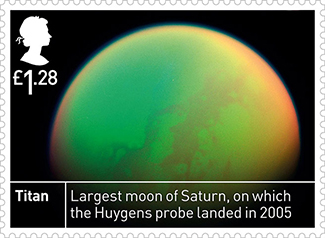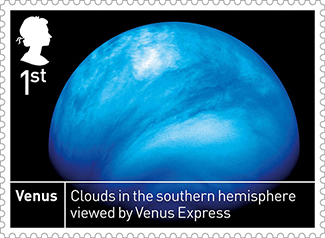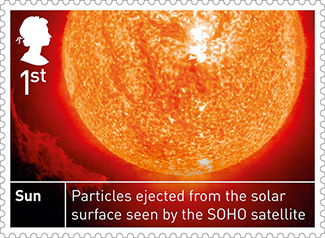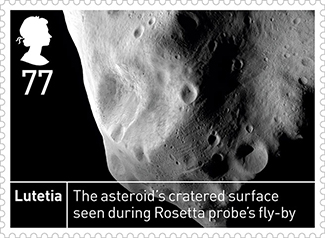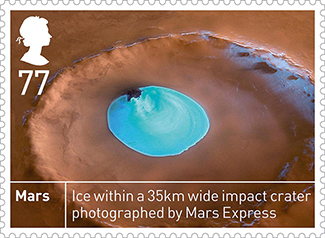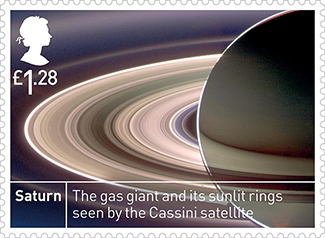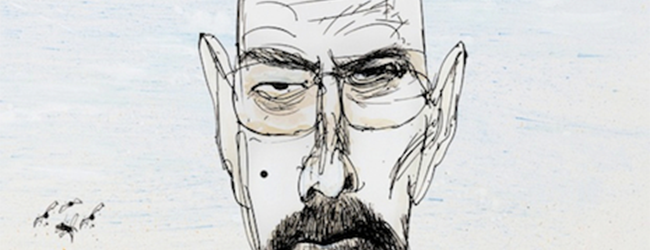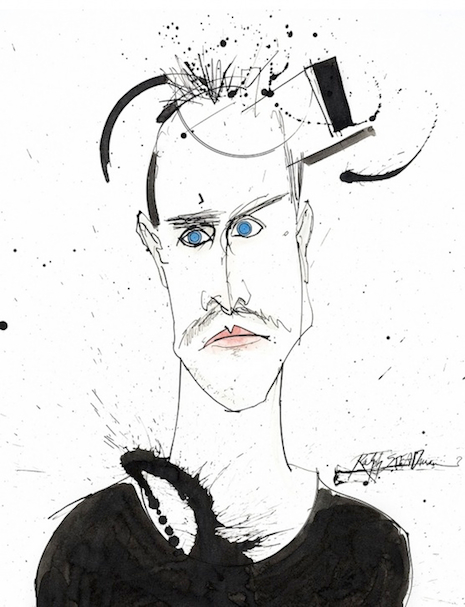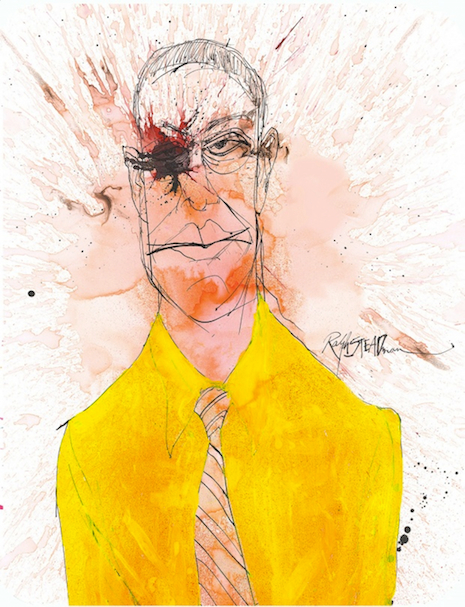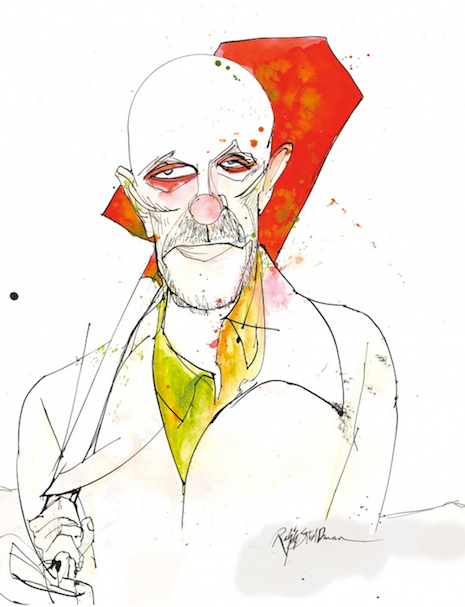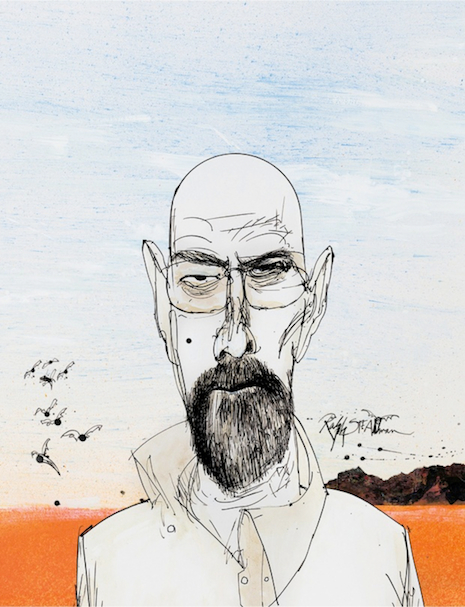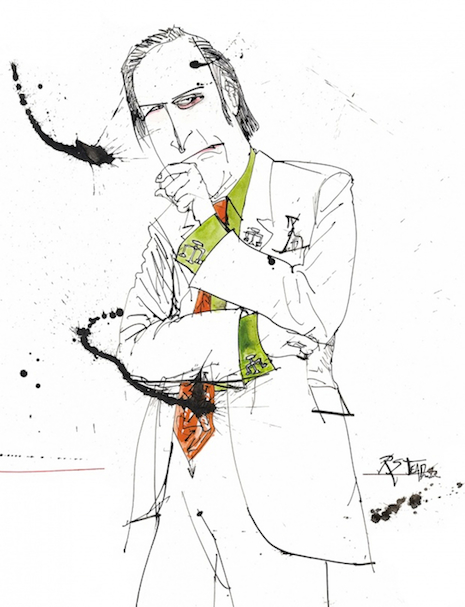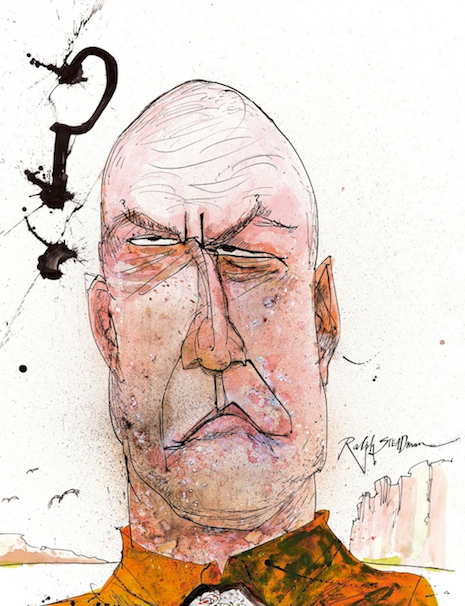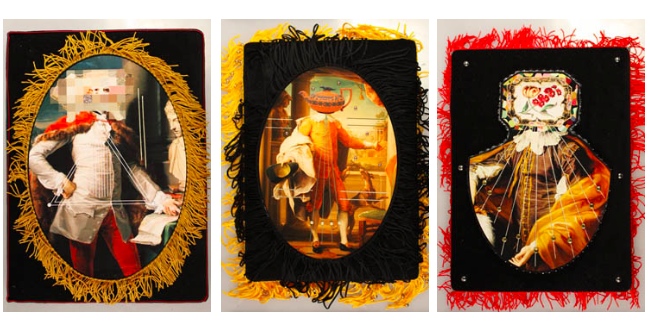Warhol, just the name conjures up an instant catalogue of artworks/images that transcend generations – the Campbell’s Soup tins, the Jackie Kennedy prints – and define the pop art movement.
This exhibition gives viewers a glimpse into something other than the primary colours and consumerism images of Andy Warhol. Proud Chelsea is exhibiting a photographic memoir of a year at the Factory – Warhols working world of creativity and notoriety. The images were taken by David McCabe who was a rising star on the New York photography scene during the 60s, he was contacted by Warhol and asked to collaborate with him in documenting life at the Factory between 1964 and 1965.
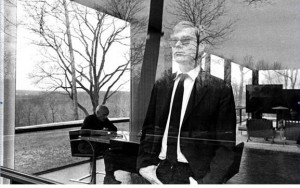 McCabe was asked to conform to two conditions by Warhol: that he didn’t use a flash and that he was someone who would fit in; David became part of the Factory’s entourage and took over 2,500 photographs at the Factory and other locations around New York.
McCabe was asked to conform to two conditions by Warhol: that he didn’t use a flash and that he was someone who would fit in; David became part of the Factory’s entourage and took over 2,500 photographs at the Factory and other locations around New York.
This is McCabe’s first UK exhibition and highlights this world that Warhol created the exhibition features snap shots of other artists Warhol knew, such as Salvador Dali. In one image Dali is seen to be explaining one of his paintings to Warhol, almost in a teacher/professor like manor.
This small display at Proud Chelsea of McCabe’s photographs are a peek into Warhol’s world and the stars of the Factory, one of these was Edie Sedgwick, for whom this display is for; commemorating the 40th anniversary of her death. She features across many of the images and her contemporary look could be straight out of a bar in Chelsea today.
One striking image for me is Philip Johnson’s Glasshouse1964/5 something about the angle, the glass and space that perhaps say a lot about Warhol and the world he was cultivating, his look of almost a surveying nature. It also reminded me of a clothing advert – the slick, clean cut look and serniness of the image – it could almost be for Burberry.
The images still feel modern and some are more candid than others, such as one featuring Edie, Chuck Wein and Warhol at a party at the Empire State building in1965, which could almost be a Facebook picture, the three of them are huddled in close, looking up at the camera.
The display features images that Warhol decided did not portray him in a light he was keen to cultivate and they were put away by McCabe and left. Some of these unique photographs have been untouched or unprinted, for nearly 40 years so its well worth a look.
Downstairs are some of Proud’s other images by terry ONiel and others. My favoruites is a shot of the Rolling Stones with paige boy hair cuts from 1963, an open shirted Mick Jagger striking a pose for an image entitled ‘Mick’s Lips’ and the sultry Marianne Faithfull in knee high socks and Mary Janes. All of the images no matter what the year still look modern, with looks straight out of today’s catwalks.
The exhibition opens today at Proud Chelsea and runs till the 4th December Mon, Tue, Thu – Sun 10:00 AM – 7:00 PM; Wed 10:00 AM – 8:00 PM.

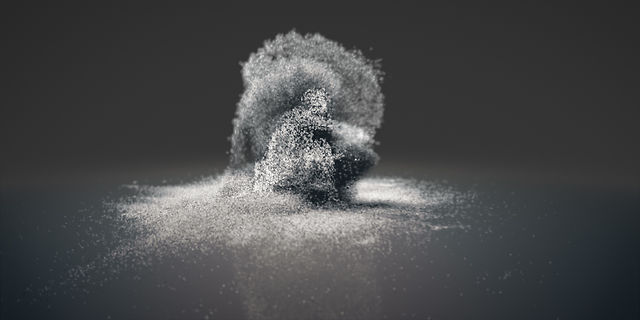
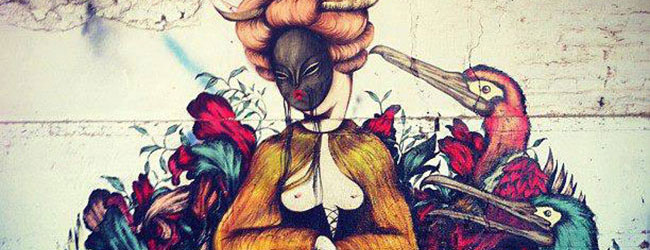
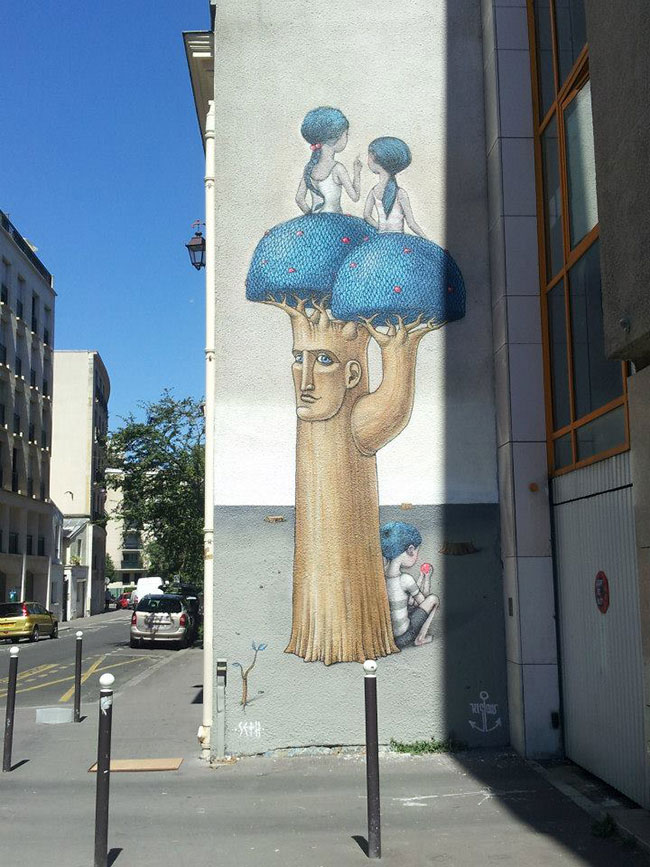
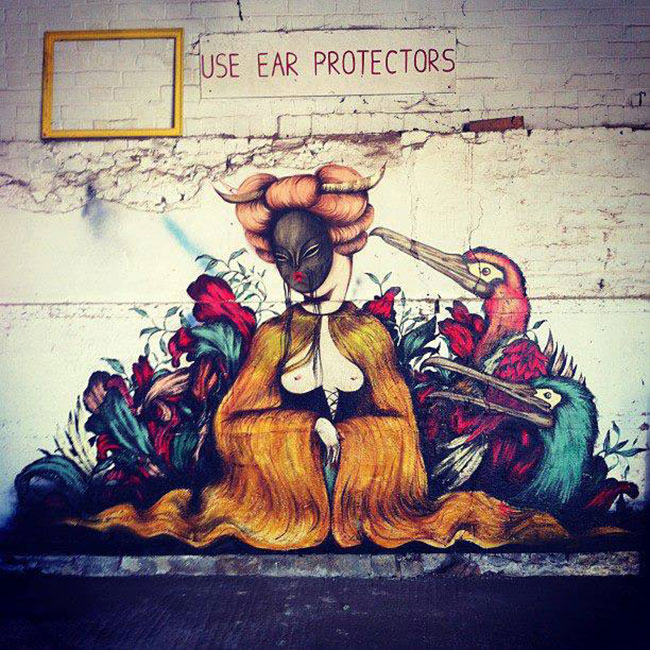
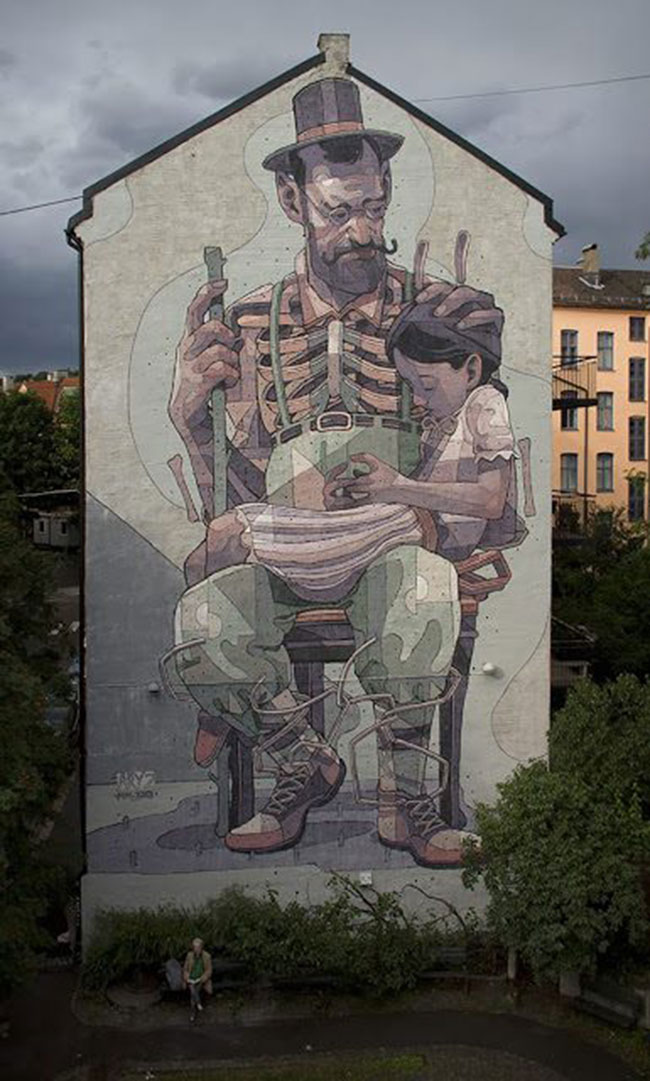
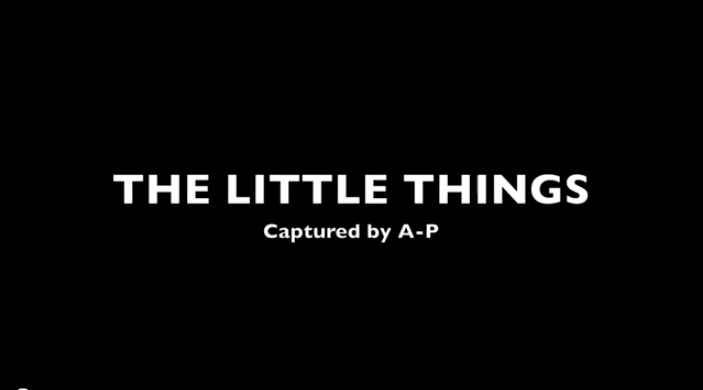
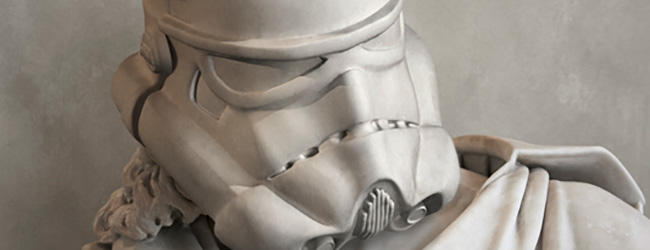
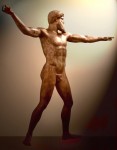

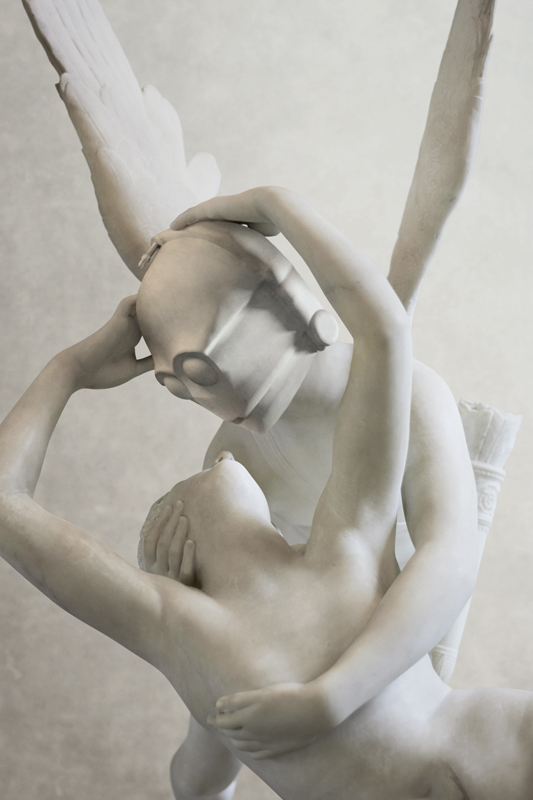
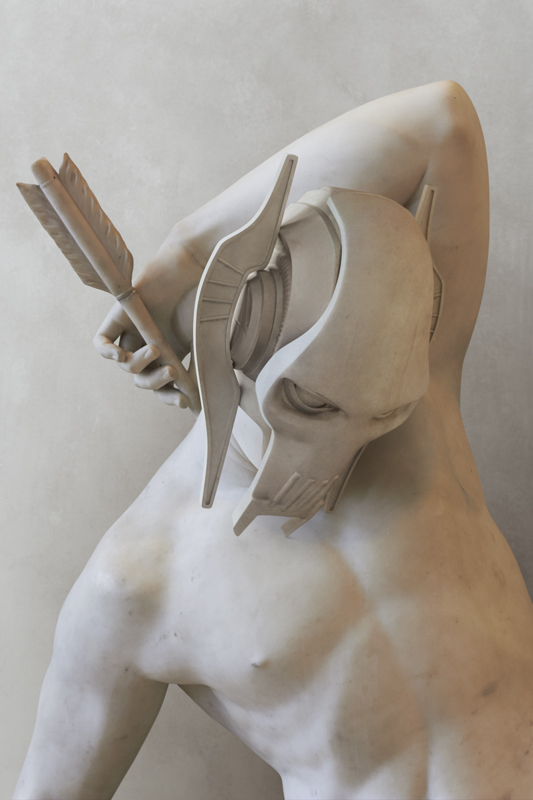
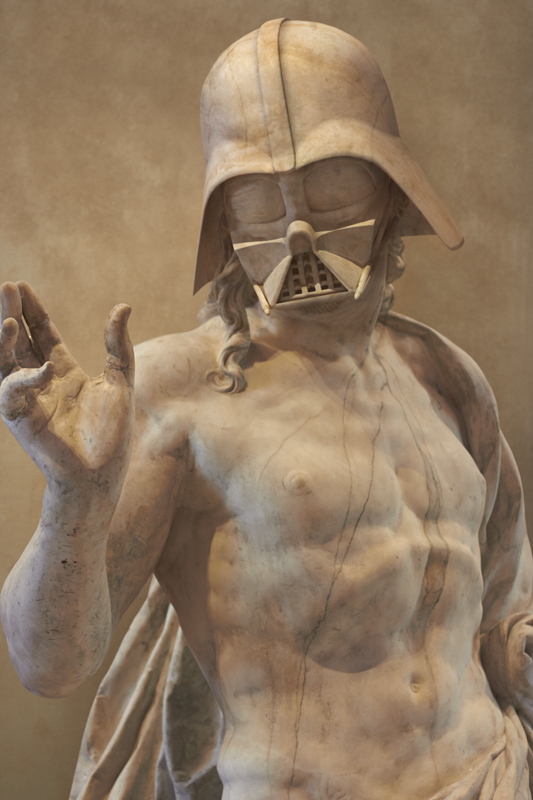
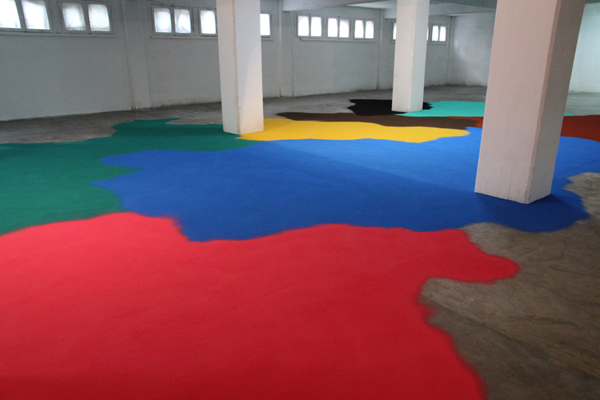
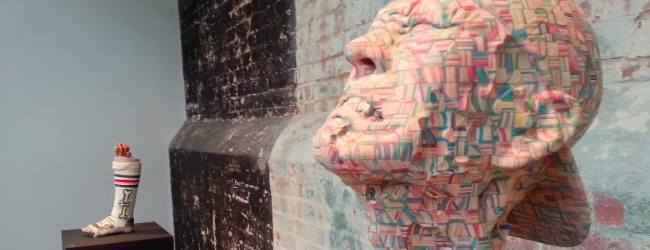
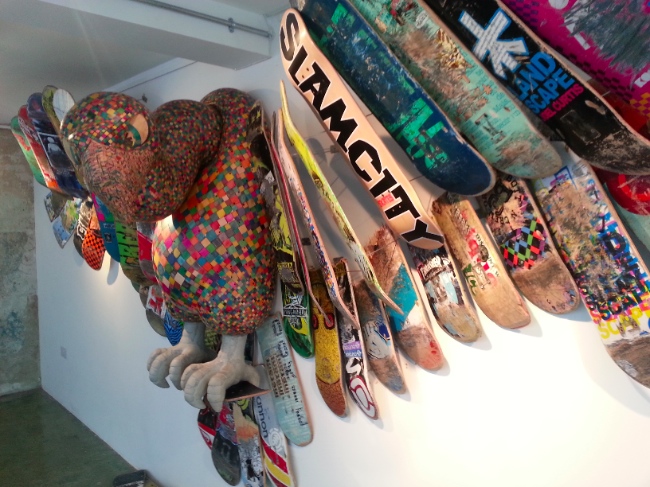
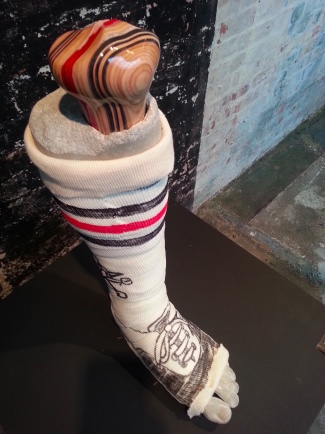
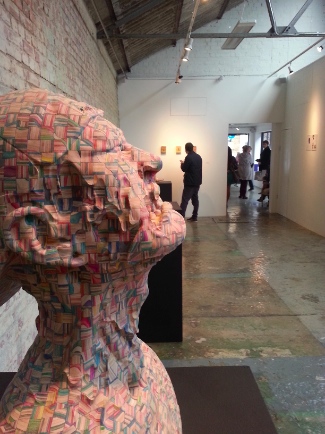
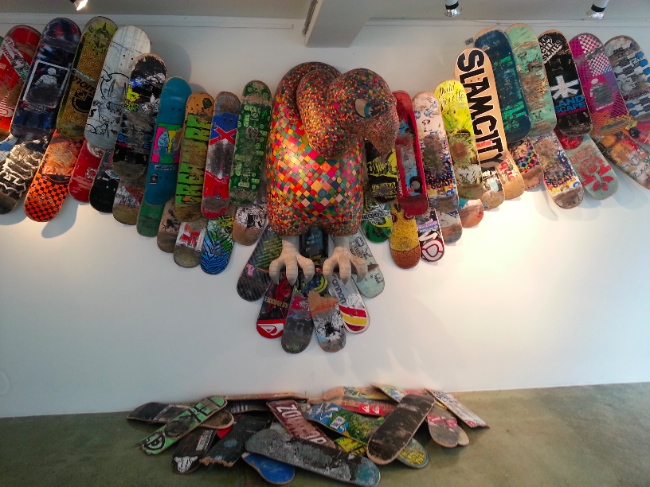
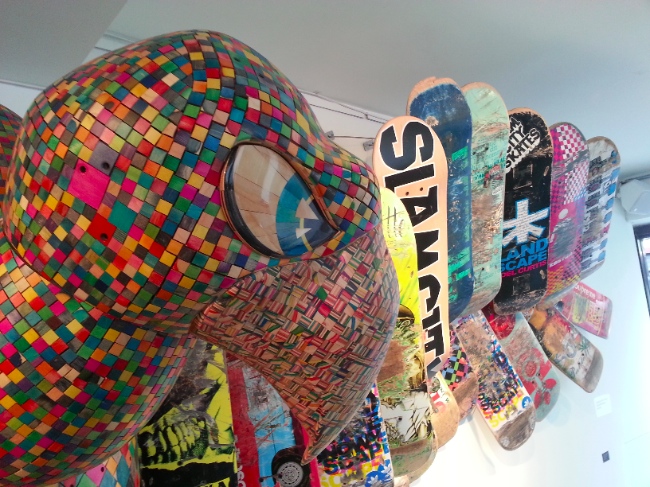
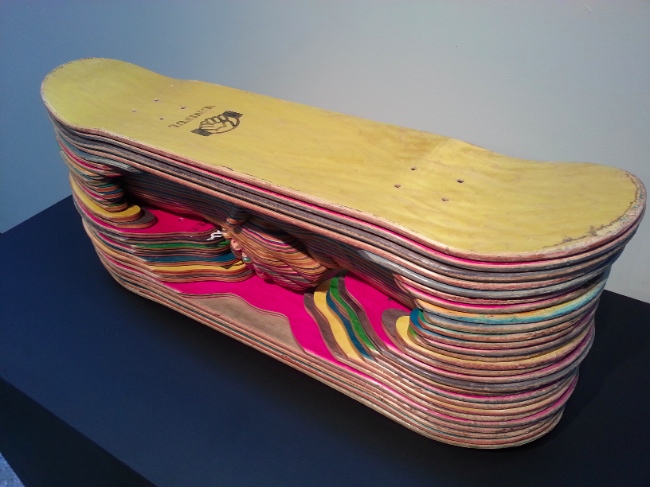
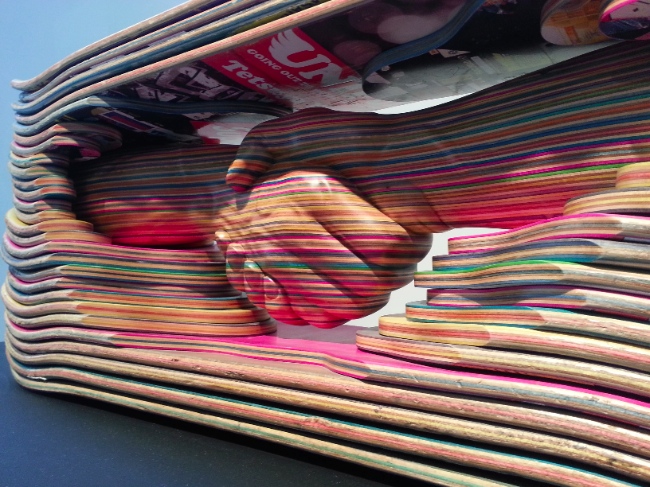
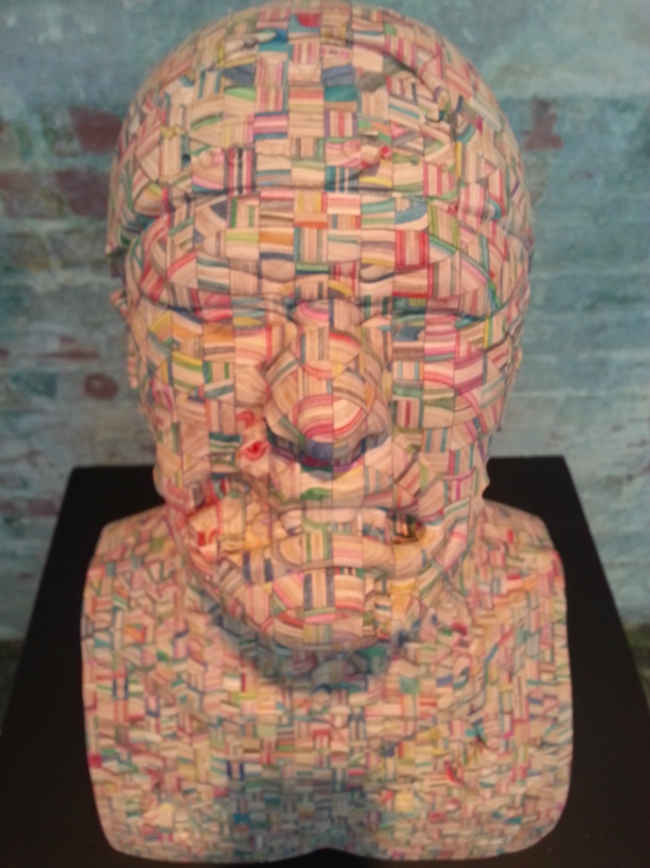
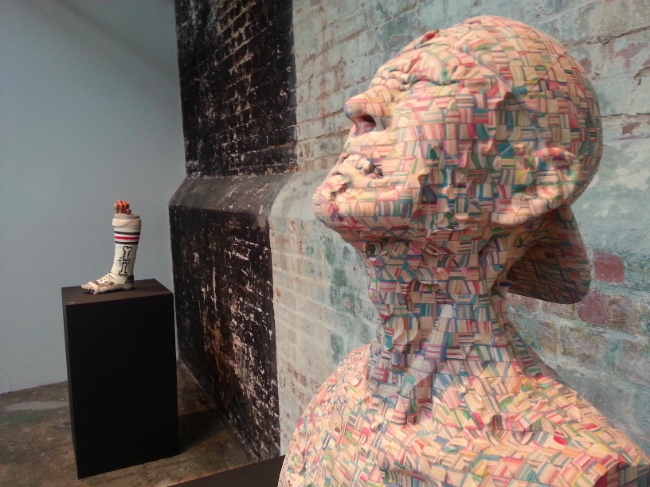
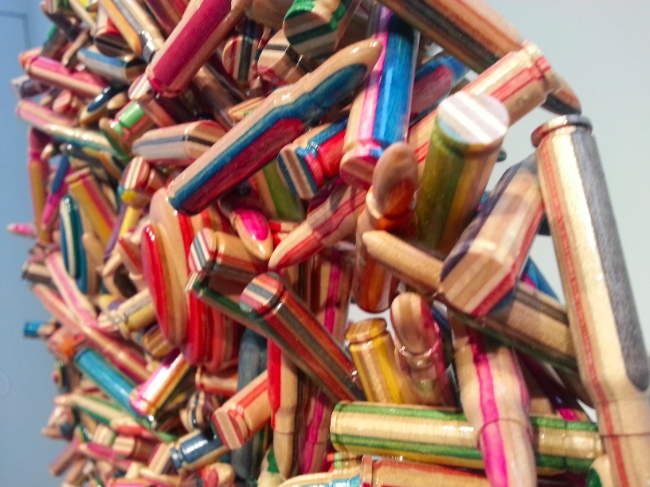
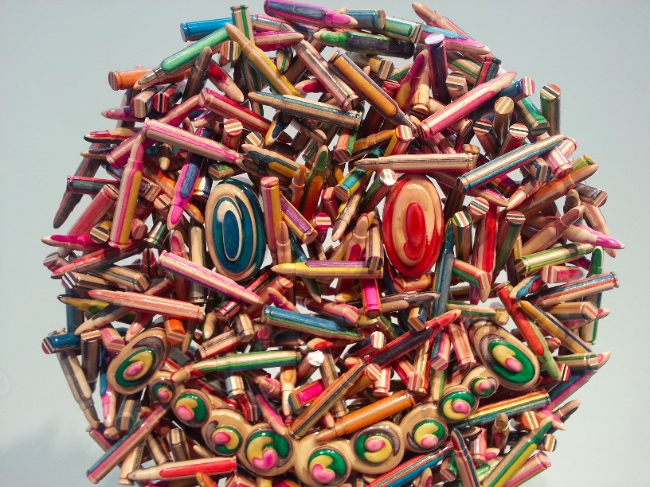
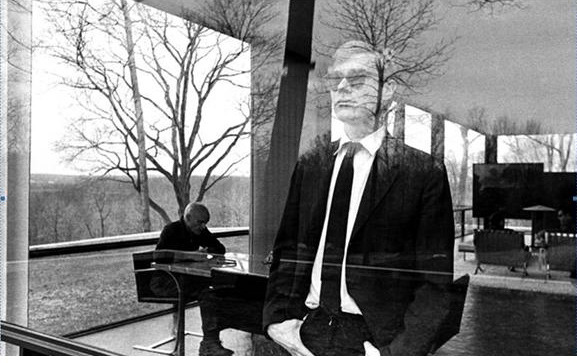
 McCabe was asked to conform to two conditions by Warhol: that he didn’t use a flash and that he was someone who would fit in; David became part of the Factory’s entourage and took over 2,500 photographs at the Factory and other locations around New York.
McCabe was asked to conform to two conditions by Warhol: that he didn’t use a flash and that he was someone who would fit in; David became part of the Factory’s entourage and took over 2,500 photographs at the Factory and other locations around New York.
